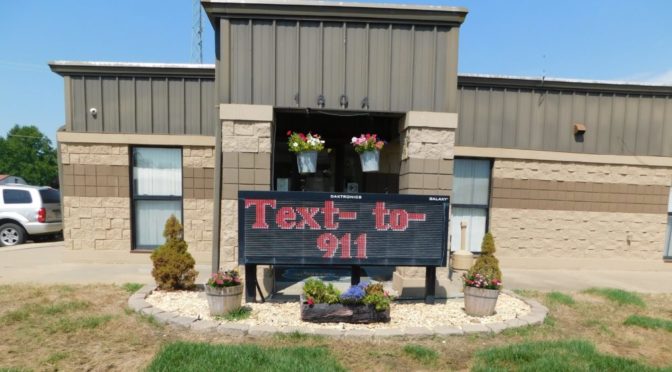January 11, 2021 Monday 10:00 am
The Bourbon County Commission met in open session with all three Commissioners, the County Counselor and the County Clerk present.
Jason Silvers with the Fort Scott Tribune was also present.
Lynne reported they were having the meeting due to receiving a KOMA complaint; the Attorney General issued an opinion on the complaint, the KOMA complaint included the following allegations… the Commissioners failed to “comply with the statutory requirements for recessing into an executive session, failure to include an attorney in an executive session held for “attorney client privilege”, improperly including a third party in two executive sessions held for consultation with an attorney; and holding an executive session for personnel matters of nonelected personnel that did not pertain to an identifiable employee.” Justin Meeks said the County did have technical KOMA violations, he said the Commissioners need to include in their motions for an executive session the reason for the executive session, plus additional details for the session, include a K.S.A. when making a motion to go into executive session, the exact start and stop time of the session and make a motion when coming back into open session. Justin said the Commissioners went into an executive session for windfarm discussion for attorney client privilege but should have gone in for proprietary information instead. Justin reported that Nick Ruhl had already signed the consent order from the office of the Attorney General, Lynne signed during the Commission meeting, Jeff Fischer said he would have to review the consent order before signing; he said if Justin had shared this before the meeting, he could have reviewed it. Jeff told Justin he saw this complaint for the first time in October/November timeframe, and at that time Justin said he would take care of this. Jeff read a portion of the consent order and said he would not sign this. If the Commissioners participate in KOMA training, the $50 penalty for each Commissioner for the KOMA violation will be waived, (Justin suggested doing the KOMA training).
This is Jeff Fischer’s last Commission meeting as a Commissioner; he said he had enjoyed serving with this Commission, he said he admired Lynne for his work in preserving the taxpayers interest, and said it was nice to see he advocated for a reduction in the mill levy. He told Clifton that he enjoyed working with him and appreciated his ability to quickly learn & get to the heart of an issue, he wished him the best. Lynne said he appreciated the compliment and said it had been a trying time the past two years and said he has tried to save taxpayers money. Jeff said he could count on him to make decisions for the taxpayers.
At 10:22, Clifton made a motion to go into a 10 minute executive session for KSA 75-4319(b)(4) to discuss data relating to financial affairs or trade secrets of corporations, partnerships, trusts and individual proprietorships, concerning medical, the Commissioners will meet in another location and reconvene in the Commission room at 10:32am, Jeff seconded and all approved, (the session included the Commissioners, Jody Hoener and Justin Meeks). At 10:32, Clifton made a motion to go back into open session, Lynne seconded and all approved, no action was taken.
Lynne asked that a 30 minute executive session be scheduled on the January 12th agenda for medical discussion.
At 10:33, Clifton made a motion to adjourn, Jeff seconded and all approved.
THE BOARD OF COMMISSIONERS
OF BOURBON COUNTY, KANSAS
(ss) Lynne Oharah, Chairman
(ss) Jim Harris, Commissioner
(ss) Clifton Beth, Commissioner
ATTEST:
Kendell Mason, Bourbon County Clerk
January 12, 2021, Approved Date
















